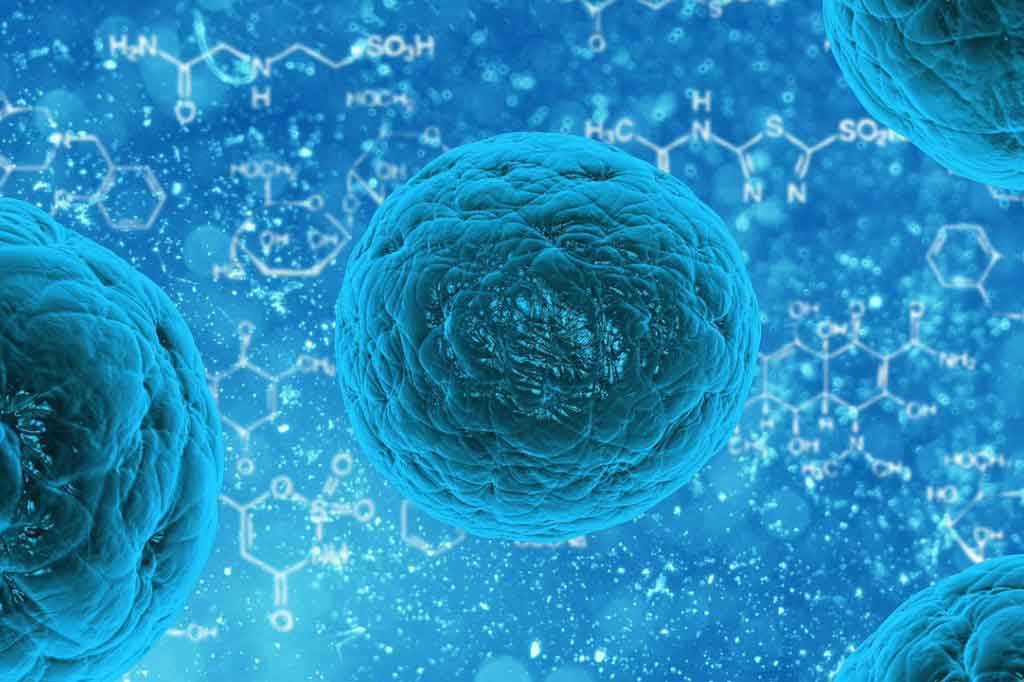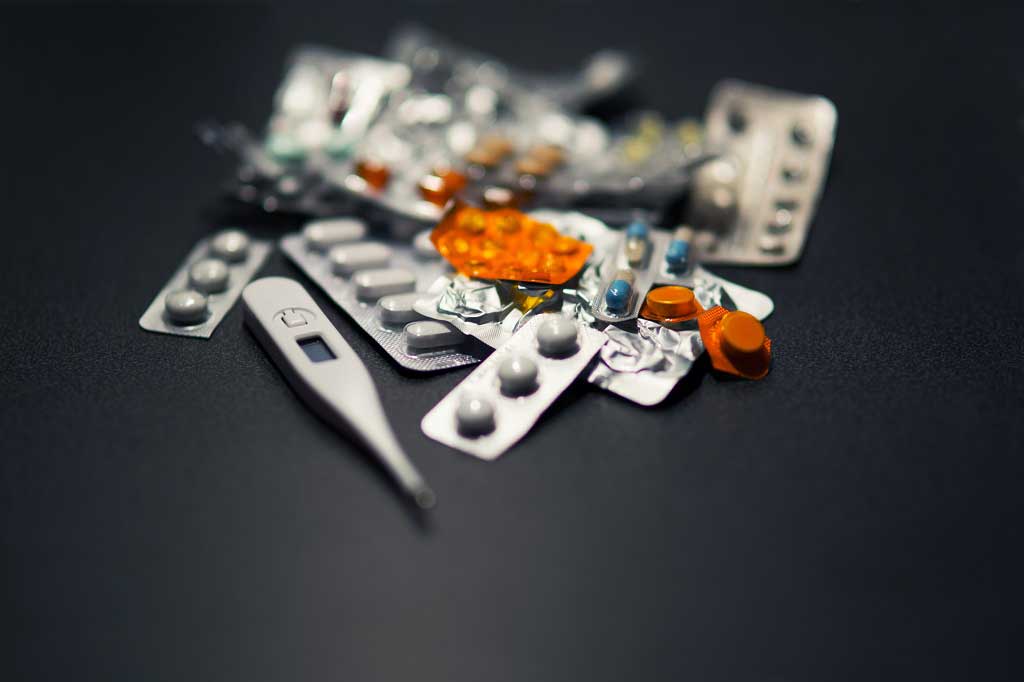Mice grow stem cell teeth
Genetics and stem cells
Scientists have used stem cells to grow new teeth in mice, according to The Times. The newspaper says this might “lead to replacing teeth in humans, or even to rebuilding
Scientists have used stem cells to grow new teeth in mice, according to The Times. The newspaper says this might “lead to replacing teeth in humans, or even to rebuilding whole organs”.
The researchers transplanted “tooth germs", containing the cells for building a tooth, into the jawbones of mice. Some of these germs grew into fully functional teeth, which were similar to normal teeth in terms of hardness and response to pain stimulation. The authors suggest that “the work illustrates a technique that could lead to engineered organ replacements”.
This interesting study has shown that new teeth can be grown in adult mice from embryonic mouse tooth cells. The next step will be to see whether a tooth germ can be produced in the laboratory from adult mouse stem cells, and form fully functional teeth when transplanted. This is likely to be very challenging, and will need to succeed before these techniques could be considered for application in humans. While this research has shown that teeth can be regrown in mice, it does not necessarily mean that any ‘organ’ can be regrown using this technique, particularly as organs vary in their complexity.
Where did the story come from?
This research was carried out by Etsuko Ikeda and colleagues of Tokyo University of Science and Tokyo Medical and Dental University. The study was funded by the Japanese government through Health and Labour Sciences Research Grants and the ‘Academic Frontier Project’ to support university research. The study was published in Proceedings of the National Academies of Science USA, a peer-reviewed scientific journal.
What kind of scientific study was this?
This was an animal study investigating whether fully functional replacement teeth could be grown in adult mice.
The researchers extracted the groups of cells that would go on to form teeth (called the “tooth germ”) from embryonic mice. The tooth germ cells were grown in the laboratory for five to seven days, after which they could be transplanted into adult mice. The researchers removed two upper molar teeth from five-week-old mice while they were deep under anaesthetic. The mice were allowed to recover for three weeks, and during this time the researchers used CT scans to confirm that there was no remaining tooth root left at the extraction sites.
After three weeks, the mice were again anaesthetised, and an incision was made in the gum over the tooth extraction site. A hole was then drilled into the bone, where the scientists placed the tooth germ. The incision site was cleaned and sewn up.
In some implantations the researchers used tooth germs from mice that had been genetically engineered to produce a green fluorescent protein. This enabled the researchers to identify which cells came from the tooth germ. The researchers also looked at which genes were ‘switched on’ during the new tooth’s development, to see whether it resembled normal development.
What were the results of the study?
The researchers found that a new tooth grew in just over half of the mice (57%), with a new tooth erupting from the gum an average of 36.7 days after the transplant. These upper molars grew downward and made contact with the lower molars an average of 49.2 days after the transplant. After the teeth met, the new tooth did not grow much.
The new teeth fitted well in the bone, and had all of the normal structural features, including enamel, dental pulp, blood vessels and nerve cells. The new teeth were smaller than other normal teeth, as the researchers could not yet control tooth size or the position of the tooth’s upper surface.
The cells within the developing tooth switched on two genes (Csf1 and Pthr1), which are typically switched on during normal tooth development. The new tooth enamel was within the normal range of hardness. The researchers found that if they put pressure on the new teeth (mechanical stress) and caused them to move, they behaved like normal teeth in terms of the changes that occurred around the tooth root.
The researchers also found that if they persistently stimulated the nerves of the ligaments supporting the new teeth, they produced a chemical that is involved in pain sensation, as was seen in the nerves of their normal teeth.
What interpretations did the researchers draw from these results?
The researchers concluded that their “bioengineered tooth germ develops into a fully functioning tooth with sufficient hardness for [chewing]”. They also conclude that the teeth grown had the ability to respond to mechanical stress and painful stimuli.
They say that their study “provides evidence of a successful replacement of an entire and fully functioning organ in an adult body through the transplantation of bioengineered organ germ”, and “therefore makes a substantial contribution to the development of bioengineering technology for future organ replacement therapy”. The researchers also say that future studies will need to identify adult tissue stem cells that could potentially be induced to form tooth germs for transplantation.
What does the NHS Knowledge Service make of this study?
This interesting study has shown that new teeth can be grown in adult mice from embryonic mouse teeth (tooth germs). The next steps will be to see whether a tooth germ can be produced in the laboratory from human adult stem cells, and whether such tooth germs could then form fully functional teeth when transplanted. This is likely to be a very challenging process, and will need to be successfully achieved before the technique could be considered for application in humans.
While this research has shown that teeth can be regrown in mice, it does not necessarily mean that any organ can be regrown using this technique, particularly because organs vary in their complexity.






 Subscribe
Subscribe Ask the doctor
Ask the doctor Rate this article
Rate this article Find products
Find products







